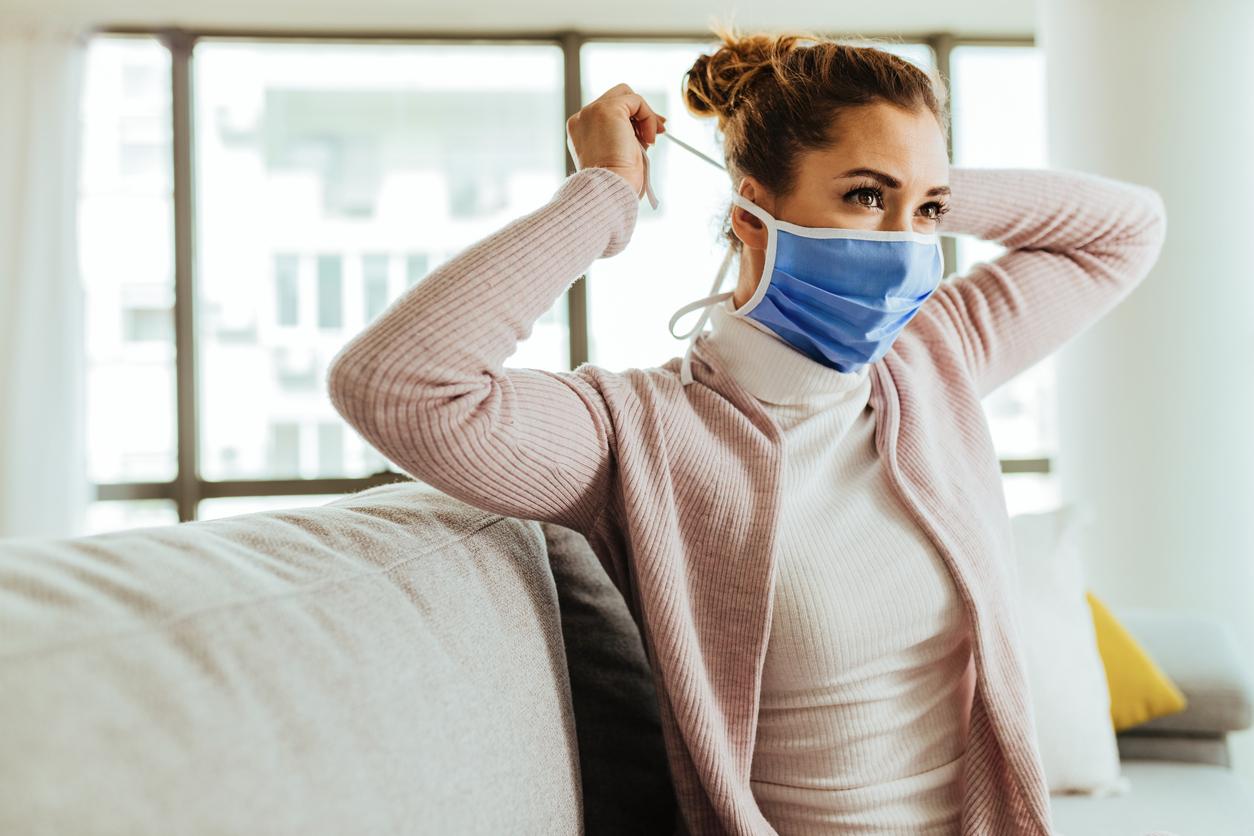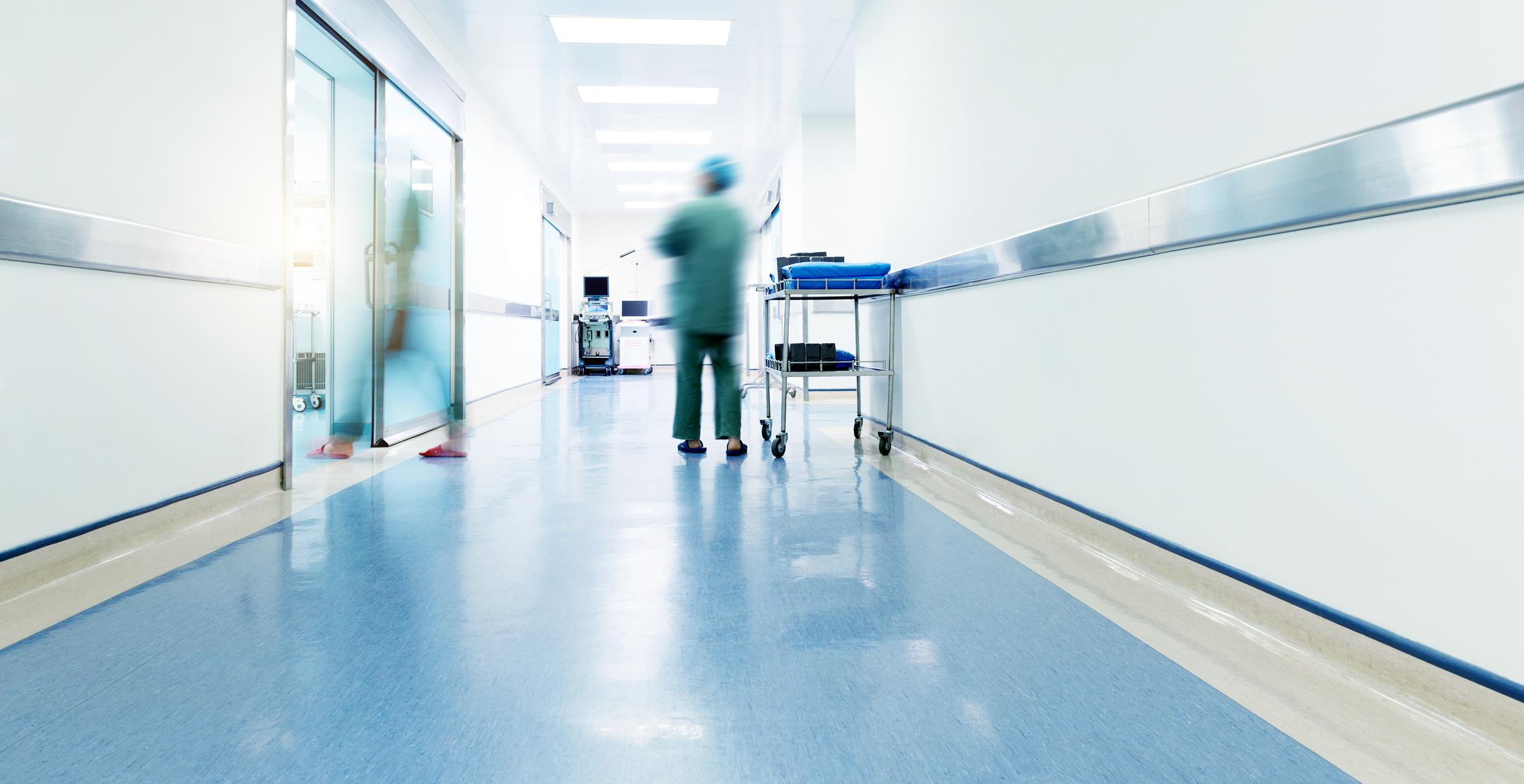Falls, a major public health problem, particularly affect older people and can have serious consequences. Fortunately, there are many simple and effective measures that can reduce the risk of falling and preserve independence.

- Falls are not inevitable and can be avoided with simple preventive measures.
- Identifying and acting on risk factors is essential to reducing the risk of falling.
- There are many tips and tools available to help you live safely at home.
In 2024, new initiatives and innovative tools will emerge to support vulnerable people and enable them to live safely at home.
Current events: a major public health issue
In France, falls are the leading cause of fatal accidents among people over 65 and result in thousands of hospitalizations and fractures each year. The consequences of a fall can be significant, both physically and psychologically, with a loss of autonomy, a reduction in quality of life and a feeling of fear and insecurity.
Faced with this public health challenge, public authorities and prevention stakeholders are mobilizing to raise awareness among populations and implement concrete solutions. The three-year National Anti-Fall Plan (2022-2024) aims in particular to reduce the number of fatal or disabling falls among people aged 65 and over by 20% by the end of 2024.
Understanding the risk factors for falls
The causes of falls are multiple and vary depending on the person’s age, health and environment. Some of the most common risk factors include:
- Age: The risk of falling increases with age, due to weakened bones, decreased muscle strength and balance, and the use of certain medications.
- Certain health conditions: Certain chronic conditions, such as Parkinson’s disease, vision problems, dizziness, and low blood pressure, can increase the risk of falling.
- Medications: Some medications, such as sedatives and hypnotics, can impair alertness and coordination, increasing the risk of falling.
- Environment: Poorly lit, cluttered or slippery environments can lead to falls.
Practical tips for preventing falls at home
- Arrange your home: Ensure good lighting, remove obstacles on the floor, install access ramps and grab bars in the bathroom, use non-slip mats.
- Stay active: Engage in regular physical activity to strengthen muscles and balance.
- Wear good footwear: Wear closed, stable and comfortable shoes with non-slip soles.
- Have your eyesight and hearing checked regularly.
- Talk to your doctor about your risk of falling: The doctor can assess the risk of falling and suggest appropriate solutions.
- Follow safety instructions: Be careful when getting up at night, use a walker or cane if necessary, do not climb on a stepladder.
Living safely and independently
Preventing falls is possible! By adopting simple daily actions and learning about the risks and available solutions, everyone can help preserve their autonomy and quality of life. Don’t hesitate to ask your doctor, pharmacist or prevention professional for advice to get personalized help.
In addition to this article, here are some helpful resources for fall prevention:
- Ministry of Solidarity and Health: https://solidarites.gouv.fr/plan-antichute-des-personnel-agees
- French Association for Falls Prevention: https://www.iledefrance.ars.sante.fr/mooc-chute-eviter-les-chutes-graves-chez-les-personnel-agees


















